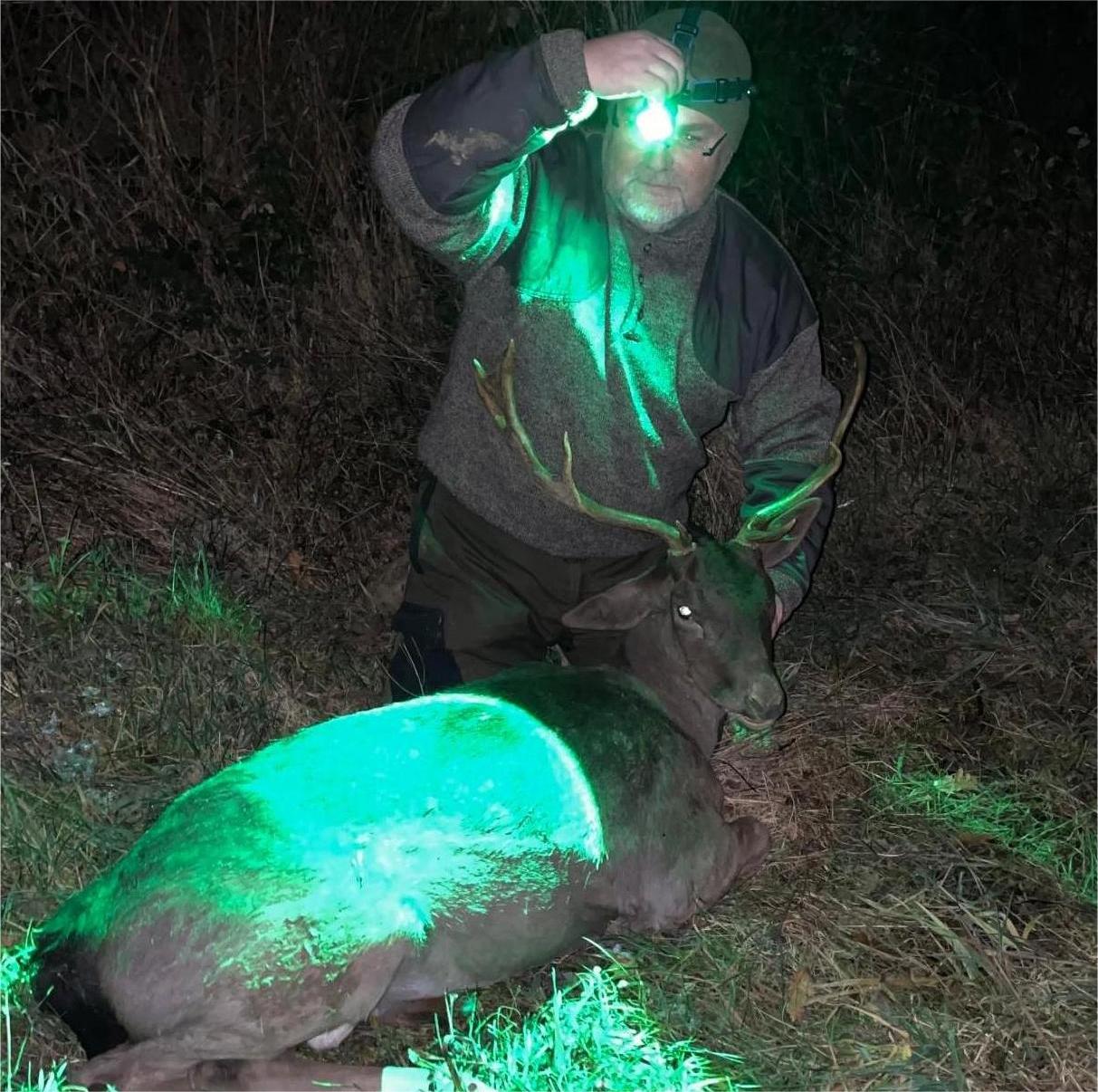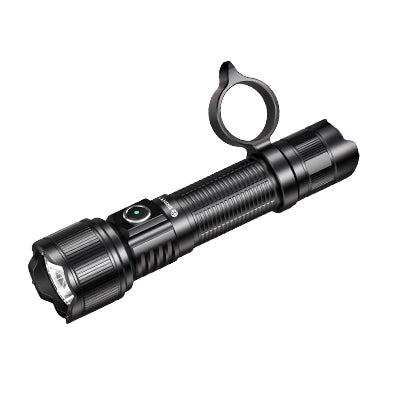Introduction — Lighting Evolution in the Wild
From the moment hunters ventured into the dark woods, one tool has remained essential — light. Over the years, hunting flashlights have undergone a remarkable transformation. What once started as bulky, dim, and unreliable gear has evolved into powerful, tactical-grade equipment built for endurance, precision, and stealth.
Let’s take a closer look at how hunting flashlights evolved from simple bulb-based devices to the modern tactical LED lights that dominate today’s hunting adventures.
Early Days: Bulb-Based Hunting Flashlights
In the early 20th century, hunting flashlights used incandescent or halogen bulbs, producing a warm but limited beam. They provided basic visibility but came with multiple drawbacks — short battery life, fragile filaments, and poor resistance to cold or moisture.
Hunters often carried spare batteries or even replacement bulbs in case the light failed mid-hunt. In addition, the large size and heavy weight of these flashlights made them cumbersome to carry through dense woods or during long night hunts.
Despite these flaws, they were revolutionary at the time — marking the beginning of portable light in the wild.
LED Revolution: Efficiency Meets Power
The early 2000s brought a technological breakthrough that completely reshaped the hunting experience — LED (Light Emitting Diode) flashlights.
LEDs offered higher brightness with minimal energy consumption, drastically extending runtime. They were also resistant to impact, vibration, and low temperatures — all critical for hunters in harsh outdoor environments.
Suddenly, flashlights could deliver thousands of lumens while remaining compact and efficient. This shift marked the beginning of the modern hunting flashlight era, where performance and reliability became equally important.

Tactical Era: Flashlights Built for the Field
As LED technology advanced, manufacturers began combining military-grade durability with precision optics and smart control systems. The result was the rise of tactical hunting flashlights — robust, multifunctional tools designed for both visibility and control.
Key features emerged:
- Aerospace-grade aluminum housings for impact resistance.
- IP68 waterproof ratings for reliability in rain, snow, or river crossings.
- Adjustable focus beams for scanning wide fields or targeting distant eyeshine.
- Multiple light modes — including strobe, turbo, and low-intensity settings for stealth.
- Red and green filters for preserving night vision and reducing animal alertness.
Tactical flashlights didn’t just illuminate the night — they became a core component of a hunter’s strategy.

Smart Features and Modern Innovation
Today’s hunting flashlights are smarter than ever. Many feature USB-C rechargeable batteries, temperature regulation, and intelligent power management that automatically adjusts brightness to maintain optimal performance.
Some even include memory functions that recall your preferred lighting mode or motion-activated switches for hands-free operation. These innovations have made flashlights not only tools but extensions of a hunter’s awareness — merging power, control, and comfort in one compact design.
Brinyte’s Role in the Evolution
At the forefront of this evolution stands Brinyte, a brand committed to blending innovation, craftsmanship, and real-world field testing.
Products like the Brinyte T28 Artemis and HL28 Artemis represent the culmination of decades of flashlight evolution — combining tactical performance with advanced LED technology. Features like variable color beams, intuitive side switches, and durable construction reflect Brinyte’s dedication to meeting the needs of hunters around the world.
Each flashlight is engineered not just to light your path but to enhance your precision and success in the field.
FAQ: Evolution of Hunting Flashlights
1. What is the difference between bulb and LED hunting flashlights?
Traditional bulb flashlights use incandescent or halogen filaments, while LEDs use semiconductor light sources. LEDs are brighter, more durable, and far more energy-efficient.
2. Why are LED flashlights better for cold weather hunting?
LEDs maintain stable brightness and battery efficiency even in freezing temperatures, unlike old bulb systems that dim or fail in cold environments.
3. What makes a flashlight “tactical”?
A tactical flashlight is built with durable materials, multiple modes, and waterproof construction — optimized for field use and harsh outdoor conditions.
4. How long do LED hunting flashlights last?
A high-quality LED can last up to 50,000 hours of light output, making it a long-term investment for frequent hunters.
5. Are rechargeable flashlights reliable in the wild?
Yes. USB-C rechargeable systems with large-capacity batteries ensure consistent performance, and many can also run on backup power sources.
6. What’s the best flashlight for modern hunting?
Look for one with adjustable brightness, red or green light options, and rugged construction — such as the Brinyte T28 Artemis or HL28 Artemis for all-season hunting.

Conclusion — Light Smarter, Hunt Better
From fragile glass bulbs to rugged tactical LEDs, hunting flashlights have evolved alongside the hunters who depend on them. Today’s modern lights deliver unmatched power, endurance, and control — proof that innovation can truly change the way we hunt.
Whether you’re tracking deer through the mist or waiting for coyotes under a moonless sky, the right light can define the outcome of your adventure.
Explore Brinyte’s full tactical hunting flashlight lineup and experience how advanced lighting can elevate your next hunt.
👉 Discover more at BrinyteStore.com



